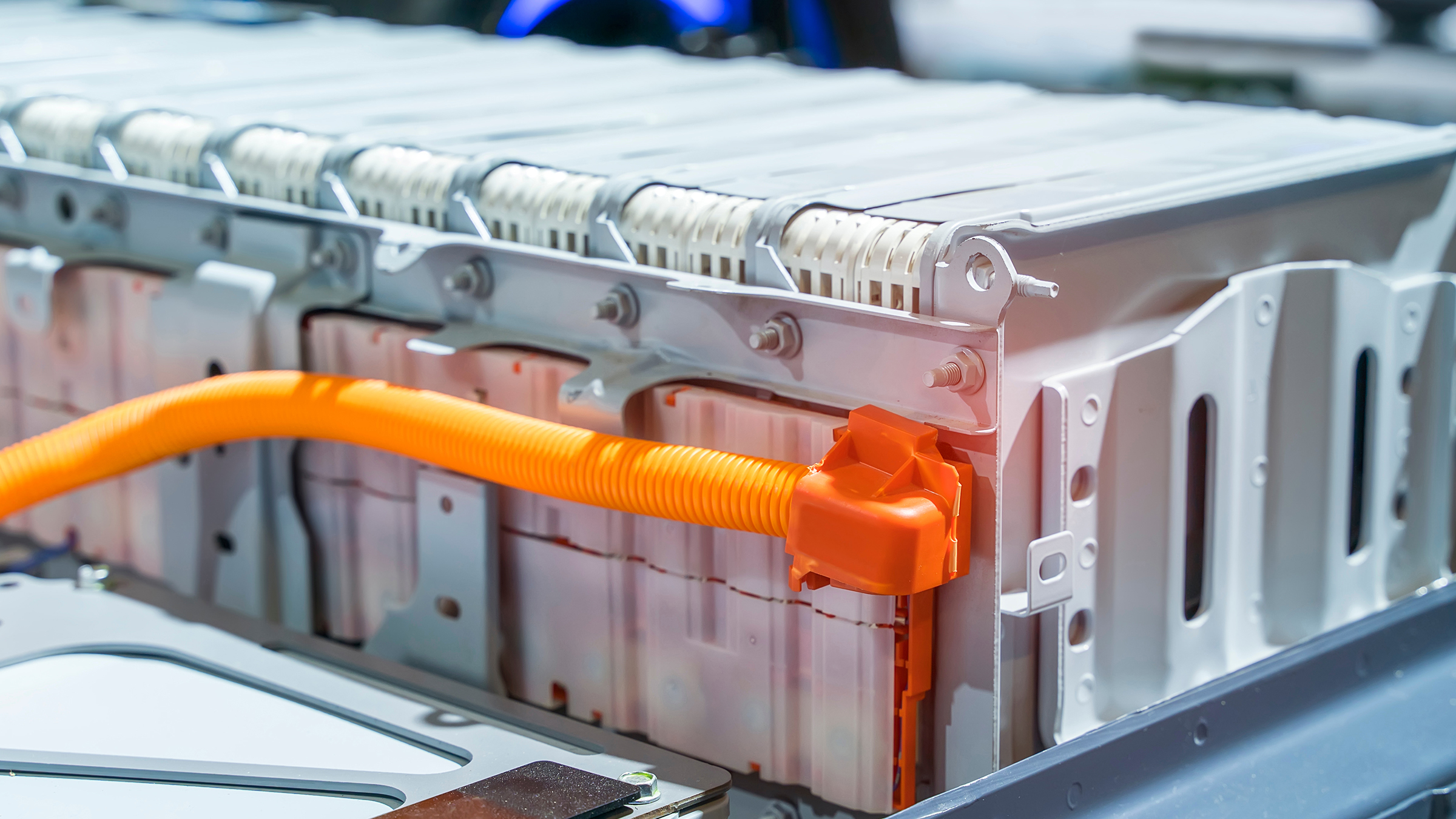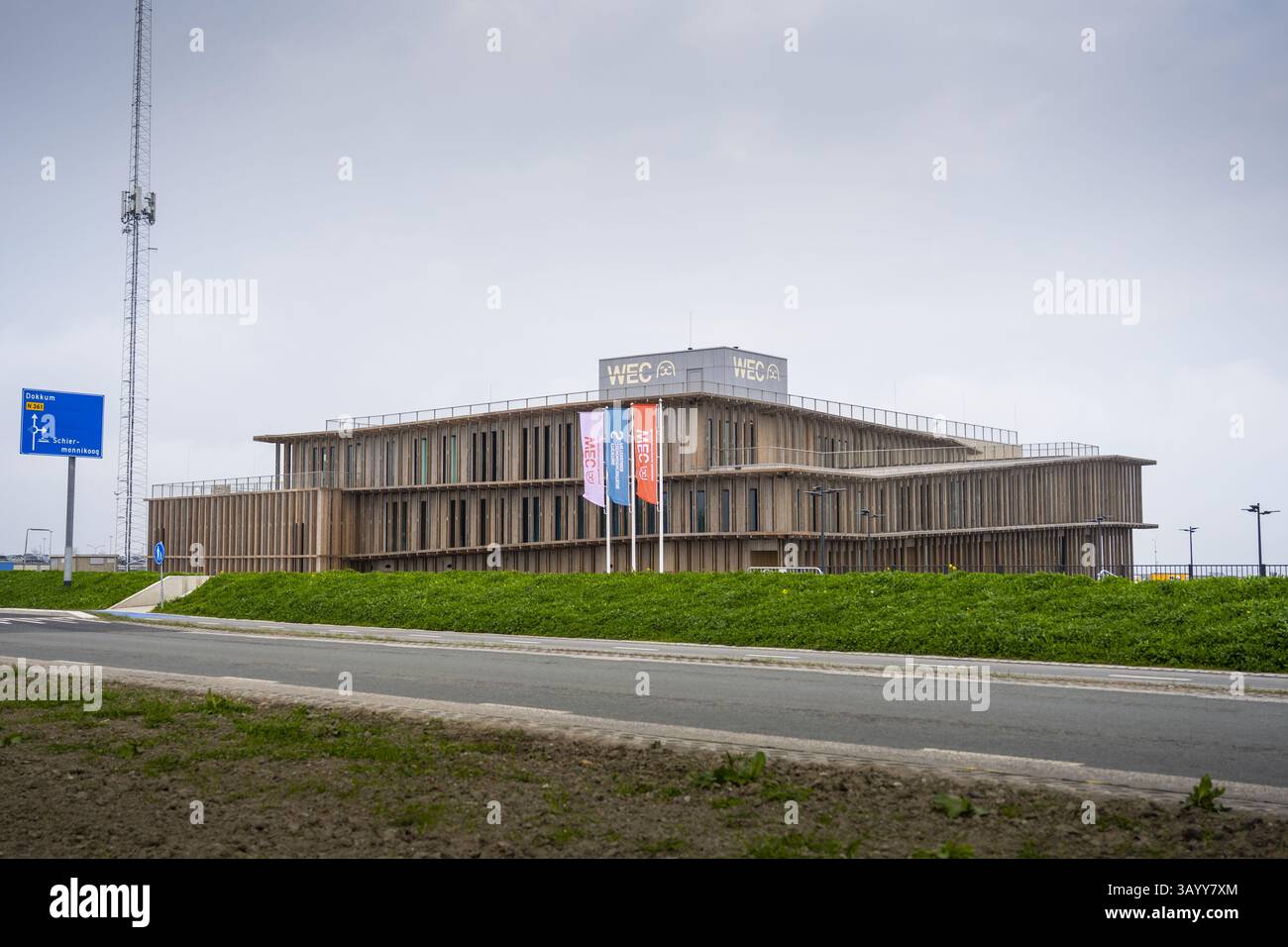Electric Vehicle Battery Manufacturing: A Case Study Addendum Focusing On BYD's Success

Table of Contents
BYD's Vertical Integration Strategy: A Cornerstone of Success
Vertical integration, encompassing control over multiple stages of the production process, is a cornerstone of BYD's success in electric vehicle battery manufacturing. Unlike many competitors who rely on external suppliers for various components, BYD maintains tight control over its entire supply chain, from raw material sourcing to battery pack assembly and even battery management systems (BMS). This strategic approach offers numerous advantages:
- Raw Material Sourcing: BYD secures access to crucial raw materials, mitigating supply chain risks and ensuring consistent availability.
- Cell Production: In-house cell production allows for precise quality control and optimization of manufacturing processes.
- Pack Assembly: BYD's control over pack assembly enables customized battery solutions tailored to specific EV models and performance requirements.
- Battery Management Systems (BMS): Developing its own BMS ensures seamless integration and optimal battery performance.
This vertical integration strategy translates into significant cost reductions, improved quality control, and faster innovation cycles. BYD's substantial market share in the EV battery sector is a testament to the effectiveness of this approach. While precise cost savings figures are not publicly available, industry analysts suggest substantial advantages compared to companies with less integrated supply chains.
Technological Innovation in BYD's Battery Technology
BYD's commitment to technological innovation is another key factor contributing to its success. The company has pioneered several groundbreaking battery technologies, most notably the Blade Battery and its extensive use of Lithium Iron Phosphate (LFP) technology.
- Blade Battery: This innovative design boasts significantly improved energy density compared to traditional LFP batteries, challenging the dominance of Nickel Manganese Cobalt (NMC) chemistries. Its unique structure enhances safety and extends the battery's lifespan.
- LFP Technology: BYD's extensive use of LFP chemistry offers advantages in terms of cost-effectiveness, safety, and environmental friendliness. LFP batteries are inherently safer due to their lower flammability compared to NMC batteries.
BYD's investment in research and development, coupled with its strategic patent portfolio, solidifies its position at the forefront of battery chemistry advancements. The Blade Battery, for example, holds several patents, protecting BYD's technological edge and providing a competitive advantage. The superior energy density of the Blade Battery, compared to other LFP options, offers a compelling reason for its adoption in numerous EV models.
Sustainable and Efficient Manufacturing Processes at BYD
BYD is deeply committed to sustainable and efficient manufacturing processes in its electric vehicle battery production. The company actively works to minimize its environmental footprint through various initiatives:
- Renewable Energy Usage: BYD utilizes renewable energy sources, such as solar and wind power, to reduce its reliance on fossil fuels.
- Waste Reduction: Stringent waste management programs minimize waste generation throughout the battery production process. This involves recycling materials and implementing closed-loop systems.
BYD's dedication to sustainability is evidenced by its numerous certifications and awards recognizing its environmental performance. The company actively publishes data regarding its reduced carbon footprint and waste production, showcasing its commitment to responsible manufacturing practices. This commitment resonates with environmentally conscious consumers and strengthens its brand image.
Global Expansion and Market Penetration: BYD's Strategic Approach
BYD's global expansion strategy has been instrumental in its success in the electric vehicle battery manufacturing sector. The company has established a strong presence in key markets worldwide, forming strategic partnerships with major automotive manufacturers.
- Key Geographic Markets: BYD has secured significant market share in China, Europe, and other regions showing strong growth in EV adoption.
- Strategic Partnerships: Collaborations with prominent automakers provide access to broader markets and distribution networks.
- Manufacturing Facilities: BYD operates numerous manufacturing facilities across the globe, ensuring efficient production and supply chain optimization.
This international approach to market penetration enables BYD to reach a wider customer base and diversify its revenue streams. The strategic partnerships forge closer ties within the automotive ecosystem, enabling faster innovation cycles and enhanced product development.
Conclusion: Key Takeaways and Call to Action
BYD's remarkable success in electric vehicle battery manufacturing stems from a synergistic combination of vertical integration, technological innovation, sustainable practices, and strategic global expansion. These interconnected strategies offer crucial lessons for other companies aiming to compete effectively in this rapidly evolving sector. The company's commitment to both technological advancement and responsible manufacturing serves as a model for the future of electric vehicle battery production. We encourage readers to delve deeper into BYD's advancements in electric vehicle battery manufacturing and consider the implications of their pioneering strategies for the future of electric vehicle battery technology. The innovations in EV battery manufacturing technologies, such as BYD's advancements, are crucial to the continued growth of the EV industry.

Featured Posts
-
 Scarlett Johansson Prioritizes Childrens Privacy The Value Of Anonymity In The Public Eye
May 13, 2025
Scarlett Johansson Prioritizes Childrens Privacy The Value Of Anonymity In The Public Eye
May 13, 2025 -
 Luxury Presence Your Gateway To Off Market Luxury Properties
May 13, 2025
Luxury Presence Your Gateway To Off Market Luxury Properties
May 13, 2025 -
 Ostapenko Triumphs Stuttgart Open Win Against Sabalenka
May 13, 2025
Ostapenko Triumphs Stuttgart Open Win Against Sabalenka
May 13, 2025 -
 Newcastle United Supporters Championship Play Off Picks
May 13, 2025
Newcastle United Supporters Championship Play Off Picks
May 13, 2025 -
 Salman Khans Film A 4 7 Budget Return Reasons For The Loss
May 13, 2025
Salman Khans Film A 4 7 Budget Return Reasons For The Loss
May 13, 2025
Latest Posts
-
 Pieterburen Seal Rescue Center A 50 Year Legacy Ends With Final Seal Release
May 13, 2025
Pieterburen Seal Rescue Center A 50 Year Legacy Ends With Final Seal Release
May 13, 2025 -
 Closure Of Pieterburen Seal Rescue Center 50 Years Of Service Concludes
May 13, 2025
Closure Of Pieterburen Seal Rescue Center 50 Years Of Service Concludes
May 13, 2025 -
 Last Seals Released As Pieterburen Rescue Center Ends 50 Year Mission
May 13, 2025
Last Seals Released As Pieterburen Rescue Center Ends 50 Year Mission
May 13, 2025 -
 Pieterburen Seal Center Closes Final Seals Released After 50 Years
May 13, 2025
Pieterburen Seal Center Closes Final Seals Released After 50 Years
May 13, 2025 -
 Recent Developments Partynextdoor Apologizes To Tory Lanez
May 13, 2025
Recent Developments Partynextdoor Apologizes To Tory Lanez
May 13, 2025
